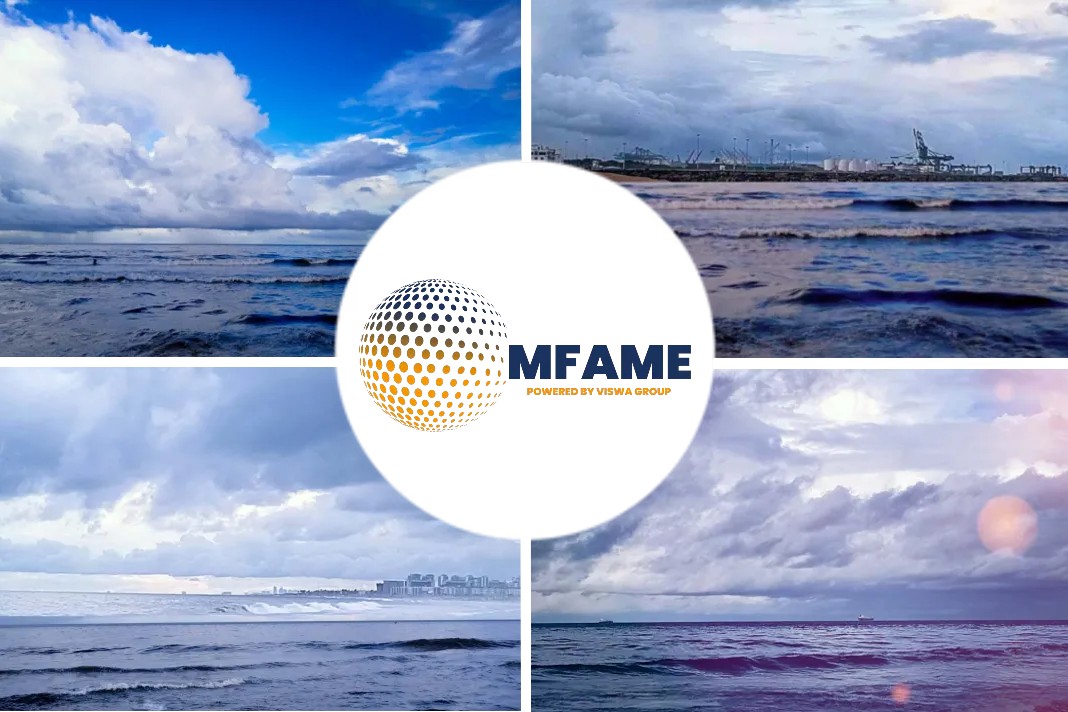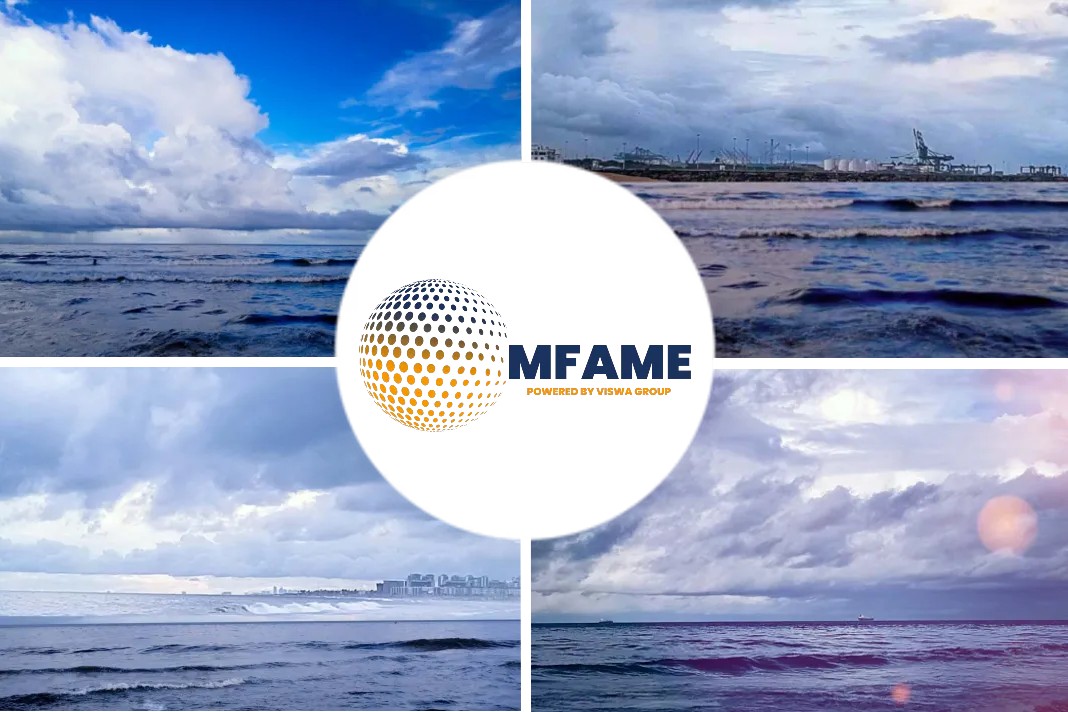Single Point Mooring (SPM) is an option for when a vessel desires to save money and fuel by not coming into port. Waiting to dock in port, pay fees and submit to checks and regulations can eat up a lot of time and effort. This is especially detrimental when a vessel is working within a tight window to transfer products, complete jobs or undergo mission.
What is Single Point Mooring?
Single point mooring (SPM) is a floating buoy/jetty anchored offshore to allow handling of liquid cargo such as petroleum products for tanker ships. SPM is mainly used in areas where a dedicated facility for loading or unloading liquid cargo is not available.
Other names of SPM
Single Point Mooring are known as Single point buoys, mooring buoys, single point buoys.
Components of SPM
The offshore-anchored loading buoy is divided into different parts having dedicated functionality. The SPM system consists of four main components:
- Buoy body– This is the visible part of the SPM and it floats above the water, connecting to the tanker via a rotating piece.
The rotating piece is especially important, as it allows the tanker to drift in the current or navigate wind and waves without having to remain at a stationary point. Without this, there’s a greater chance that the ship could break the buoy chains or damage either the buoy, the tanker or both. A tanker or ship is often moored with a hawser arrangement (nylon or polyester ropes on a hook.)
- Mooring and anchoring elements– The entire single point mooring buoy is securely fastened to the seabed using a combination of anchors and anchor chains. This system is constructed with a little flexibility so that the buoy can move with waves, current and sway with tanker ships without causing too much wear and tear. The anchor chains attach to the sea floor and lead to the anchor point. Chains and chain stoppers then connect the anchor point to the buoy.
- Product transfer system- The SPM also includes a product transfer mechanism, depending on the specific purpose of the buoy. For example, oil tankers can transfer liquid products like gas or oil via a system of pipes and hoses along the seabed that are connected to a larger pipeline.
Configuration for SPM
The two main types of mooring configurations for SPMs are Catenary Anchor Leg Mooring (CALM) and Single Anchor Leg Mooring (SALM).
CALM holds the buoy in place by anchor chain that extends in catenaries to anchor points some distance from the buoy. The SALM system is similar, except that the SALM is anchored by a single anchor leg. The primary benefit of a CALM Buoy over a SALM Buoy is ease of maintenance. The vast majority of Marine Terminals installed since the mid-1990s have been CALM Buoys.
Responsibility
Master has the overall responsibility for the mooring operations of the vessel at the SBM.
The officer-in-charge of forward and aft stations is responsible to the Master for supervising mooring operations at their station. The Chief Officer shall ensure that all mooring wires, ropes and associated mooring equipment are well maintained and protected from weather and exposure damage.
Benefits of SPM
- Ability to handle extra large vessels
- Doesn’t require ships to come to the port and thus save fuel and time
- Ships with high drafts can be moored easily
- Large quality of cargo can be easily handled
Did you subscribe to our daily newsletter
It’s Free! Click here to subscribe!
Source: cultofsea

















